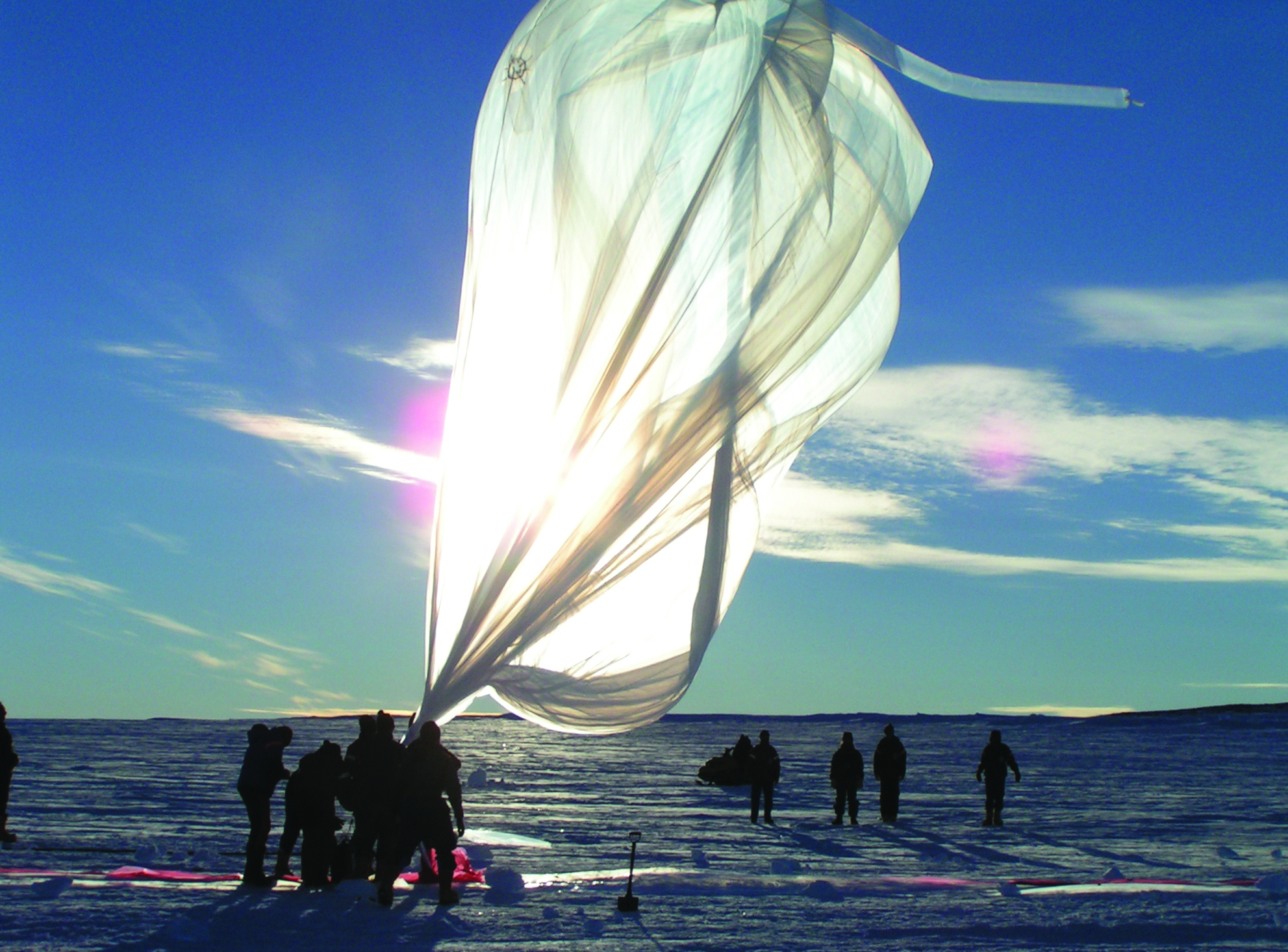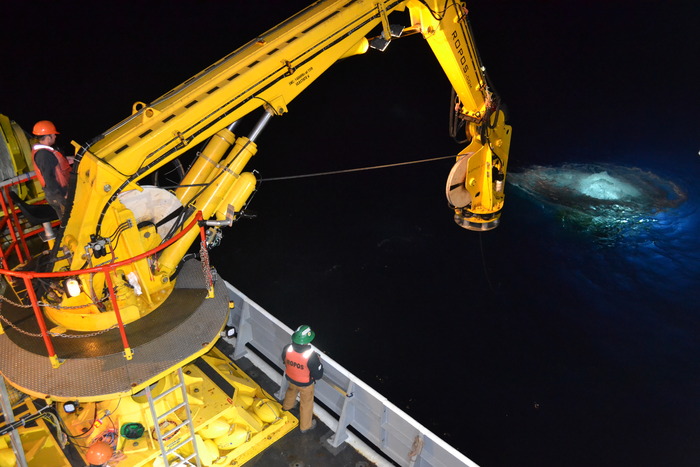The next big earthquake on the Seattle fault could trigger destructive landslides in the city, potentially affecting a much larger area than previously thought, and in areas outside those currently considered to be landslide prone, a new University of Washington-led study shows. “A major quake along the Seattle fault is among the worst-case scenarios for the area, since the fault runs just south of downtown.”
Read more »Global ocean currents explain why Northern Hemisphere is the soggier one
In a recent paper published in Nature Geoscience, College of the Environment researchers discuss why the northern hemisphere of our planet experiences more rainfall than the southern hemisphere. The story involves ocean circulation, the Earth’s poles, warmer climates – and how they all connect to influence rainfall patterns. Read more in UW Today.
Read more »Letter from the Dean
The state of the planet has been in the news with the release of the 2013 United Nations Intergovernmental Panel on Climate Change assessment report. Not surprisingly, a key finding is that our planet’s frozen landscapes and seascapes face an uncertain future. This is an issue of global concern because the glaciers and sea ice at high latitudes are not only crucial sources of fresh water, habitats for unique species, and home to many diverse cultures, but also play a key role in the climate system.
Read more »Love Purple, Raise Gold
1,152 donors for 152 years Celebrate UW’s 152 years and help us reach the goal of 1,152 donors with a gift to any fund during our 48-hour online giving event. Whether you give $5 or $152, don’t miss out on this chance to join in, make an impact and show your love for UW! Join us any time between 1:52 p.m.
Read more »High-tech mission explores the ocean floor
Oceanographers at the College of the Environment recently returned from sea, engaging in cutting-edge research that will yield new insights into how our oceans work. Part of the Ocean Observatories Initiative, the work involves wiring the seafloor to have a continuous presence in the Pacific Ocean which allows scientists to monitor conditions in real time. Read more about this work and watch a video that shows some of what the scientists are seeing on the bottom of the ocean.
Read more »




